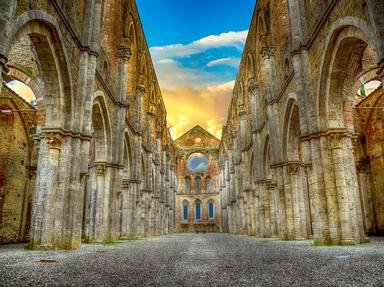Quiz Answer Key and Fun Facts
1. Which of the following is the best definition of a guild?
2. Although guilds functioned in all of these ways, what was a guild's PRIMARY goal?
3. Apprenticeship began after being accepted by a guild in order to train for a specific craft. Which of these statements about apprentices is UNTRUE?
4. After sucessfully completing an apprenticeship, a future master guildsman would become a journeyman. The origin of the word "journeyman" is from the French for what word?
5. In order to become a master guildsman, a journeyman generally needed to do which of the following?
6. The Hanseatic League most closely resembled which of these?
7. Which of these services would a guild typically NOT provide for its members?
8. Which of the following tradesmen would NOT have been a member of a textiles guild?
9. Which of the following is a true statement about Chaucer's five guildsmen of the "Canterbury Tales"?
10. Which of these factors did NOT contribute to the decline of the guild system?
Source: Author
LilahDeDah
This quiz was reviewed by FunTrivia editor
bloomsby before going online.
Any errors found in FunTrivia content are routinely corrected through our feedback system.

